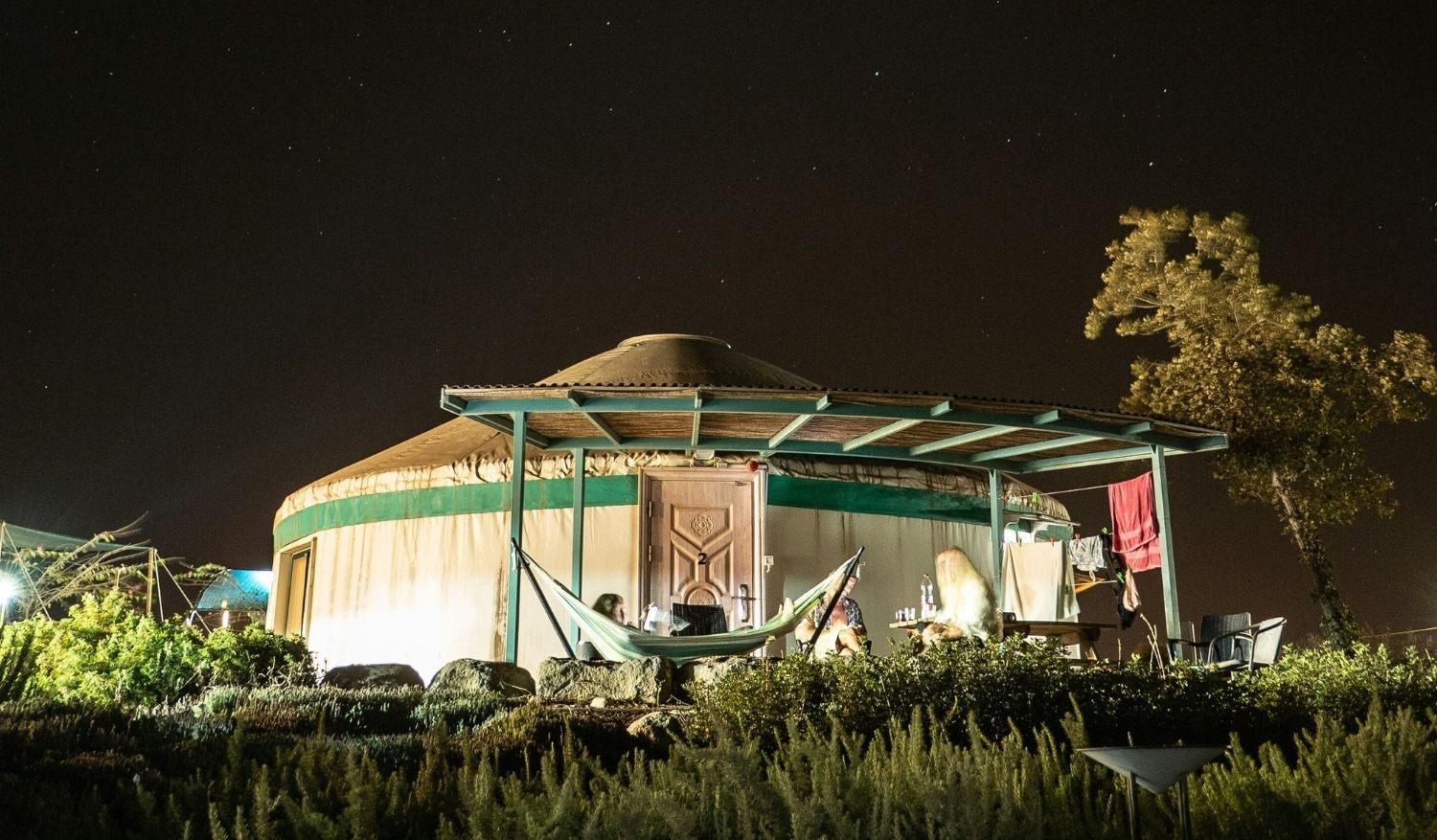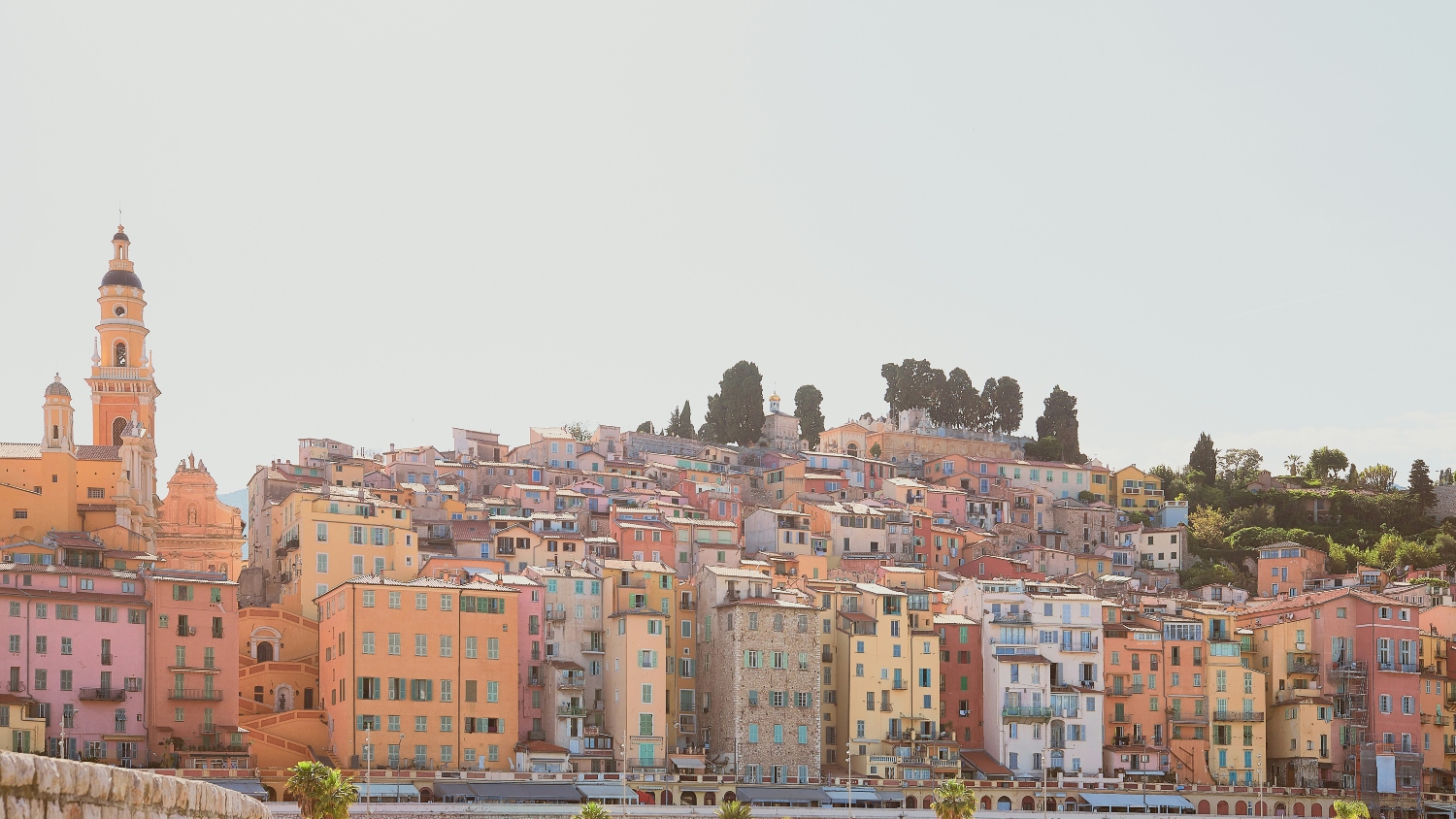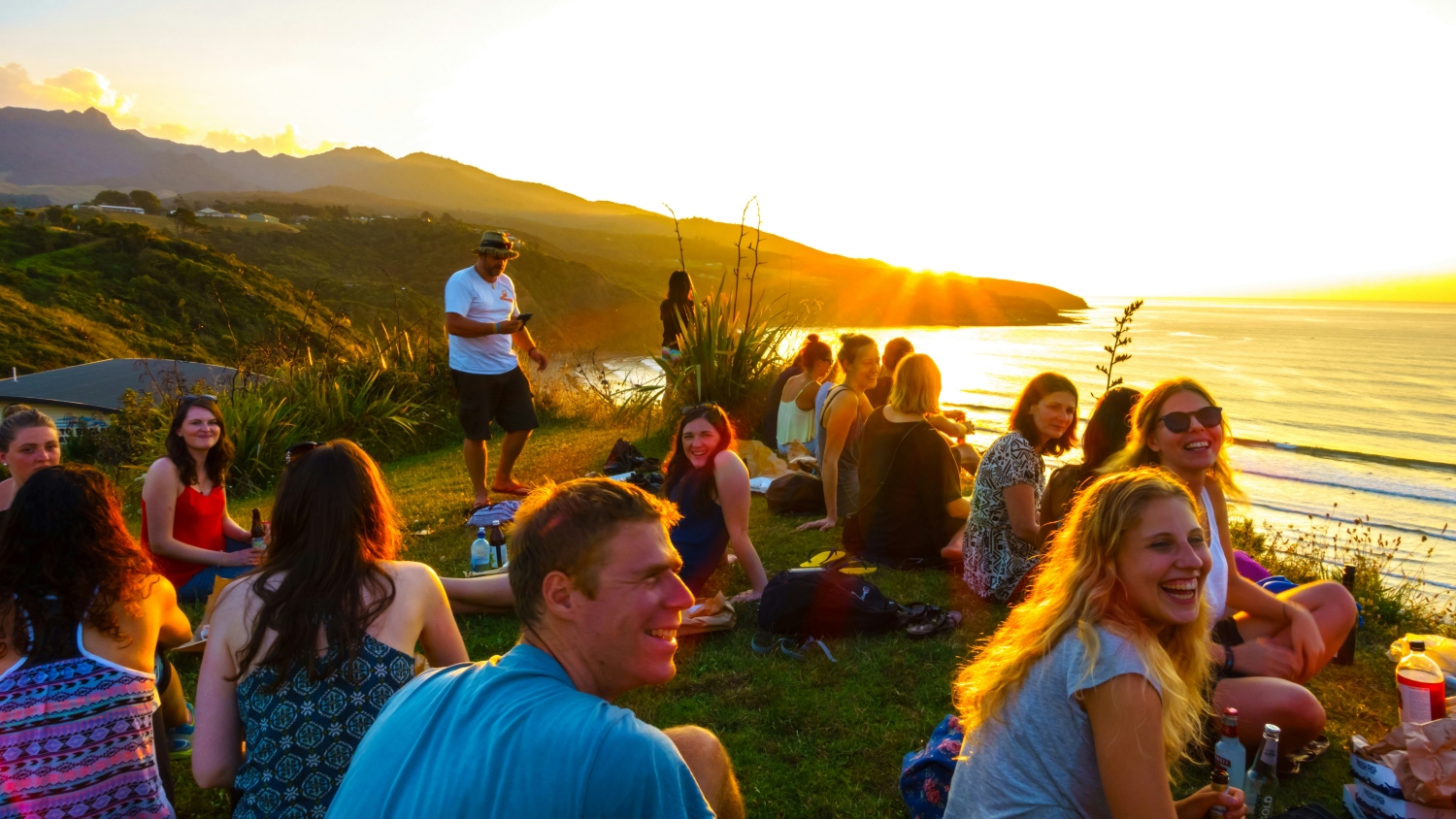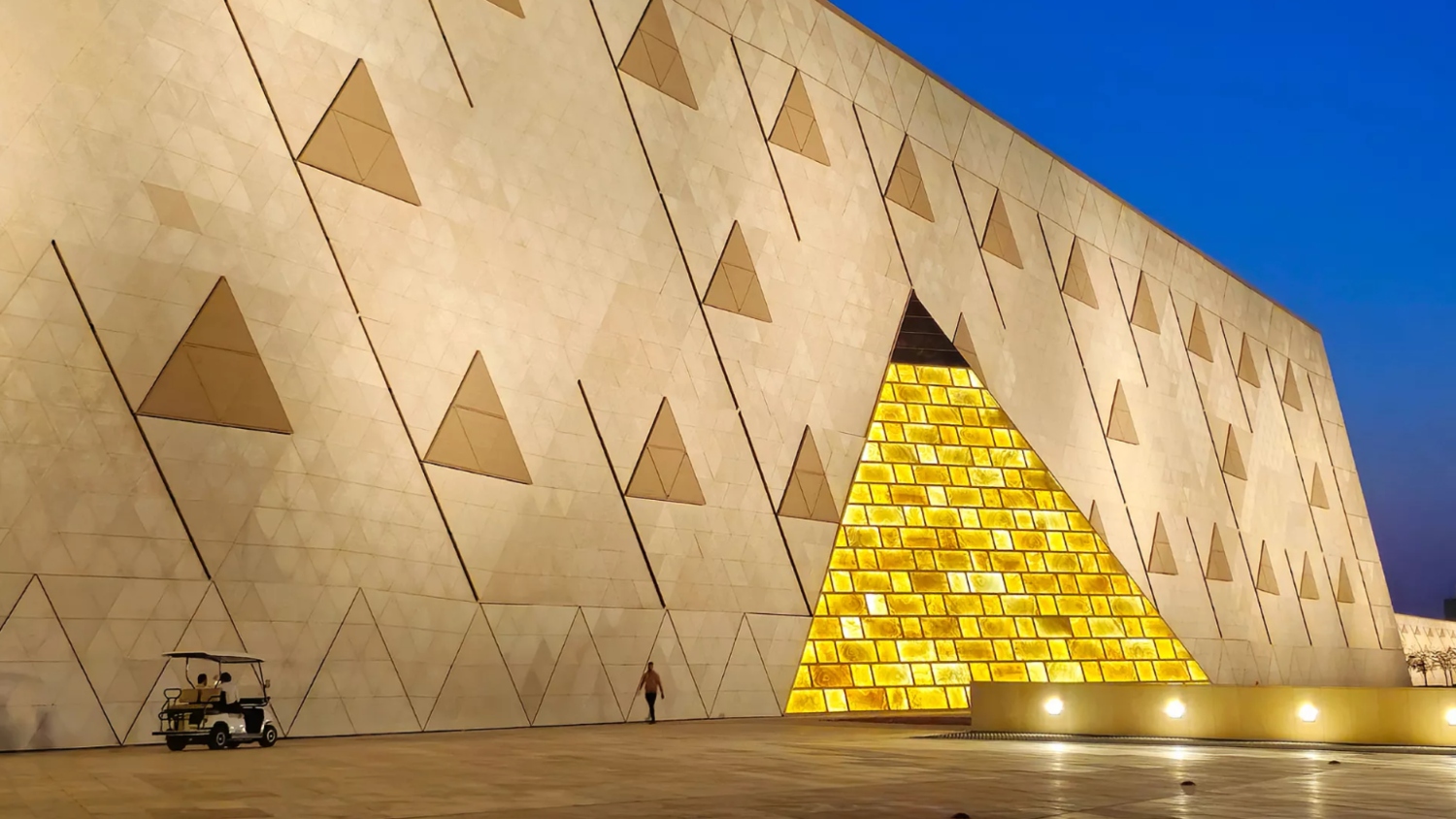Across the plains of Kyrgyzstan and the deserts of Mongolia, these circular homes form the backdrop to a way of life largely untouched by concrete or chrome.
In the endless steppes of Central Asia, tradition is stitched into every seam of a felted wall. The yurt – a portable, circular dwelling used by nomadic communities in countries such as Kyrgyzstan, Kazakhstan, Mongolia, and parts of western China – remains both a practical home and a cultural artefact. And while luxury resorts now mimic their shape for novelty, the real magic lies in the original, centuries-old nomadic dwellings still used today.
The yurt, or ger in Mongolian, is constructed with an interlocking lattice frame, tension bands and thick felt insulation, making it weatherproof yet collapsible – ideal for communities on the move with herds of sheep, yaks or horses. Despite the simplicity of its form, each yurt is highly engineered to withstand harsh winds, freezing nights, and baking summer days.
Inside, everything has its place. The door always faces south, and space is divided into male and female zones, with the central hearth representing harmony. Brightly woven textiles cover the walls, ceiling struts and floors – each piece handmade and passed down through generations. The decoration is not just for show: patterns often reflect the region’s history, superstitions, or local flora and fauna.
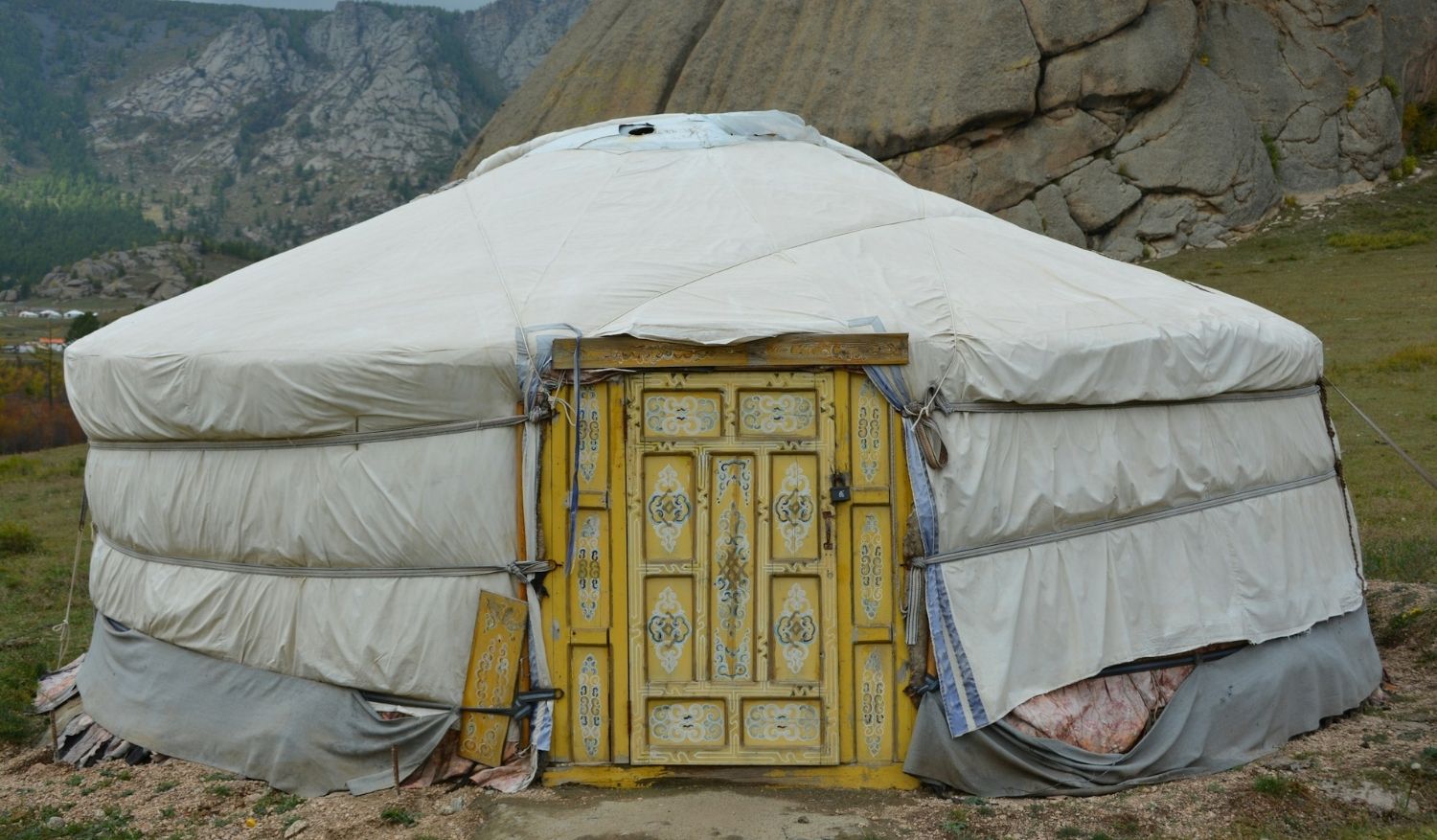
The wild and the sacred
In Kyrgyzstan, visitors can stay with nomadic families in jailoo (summer pastures) during the warmer months, where yurts are pitched against a backdrop of alpine lakes and snowy peaks. One such place is Song-Kul, a remote lake sitting 3,000 metres above sea level. Here, time slows. Days begin with the bleating of goats and end with the milky light of the stars above, viewed through the circular tunduk – the skylight at the yurt’s crown.
Over in western Mongolia, Kazakh eagle hunters carry on their ancient tradition of falconry, staying in decorated gers while traversing the Altai mountains. These regions, mostly untouched by mass tourism, allow travellers to experience a raw intimacy with the land – and with the nomads themselves.
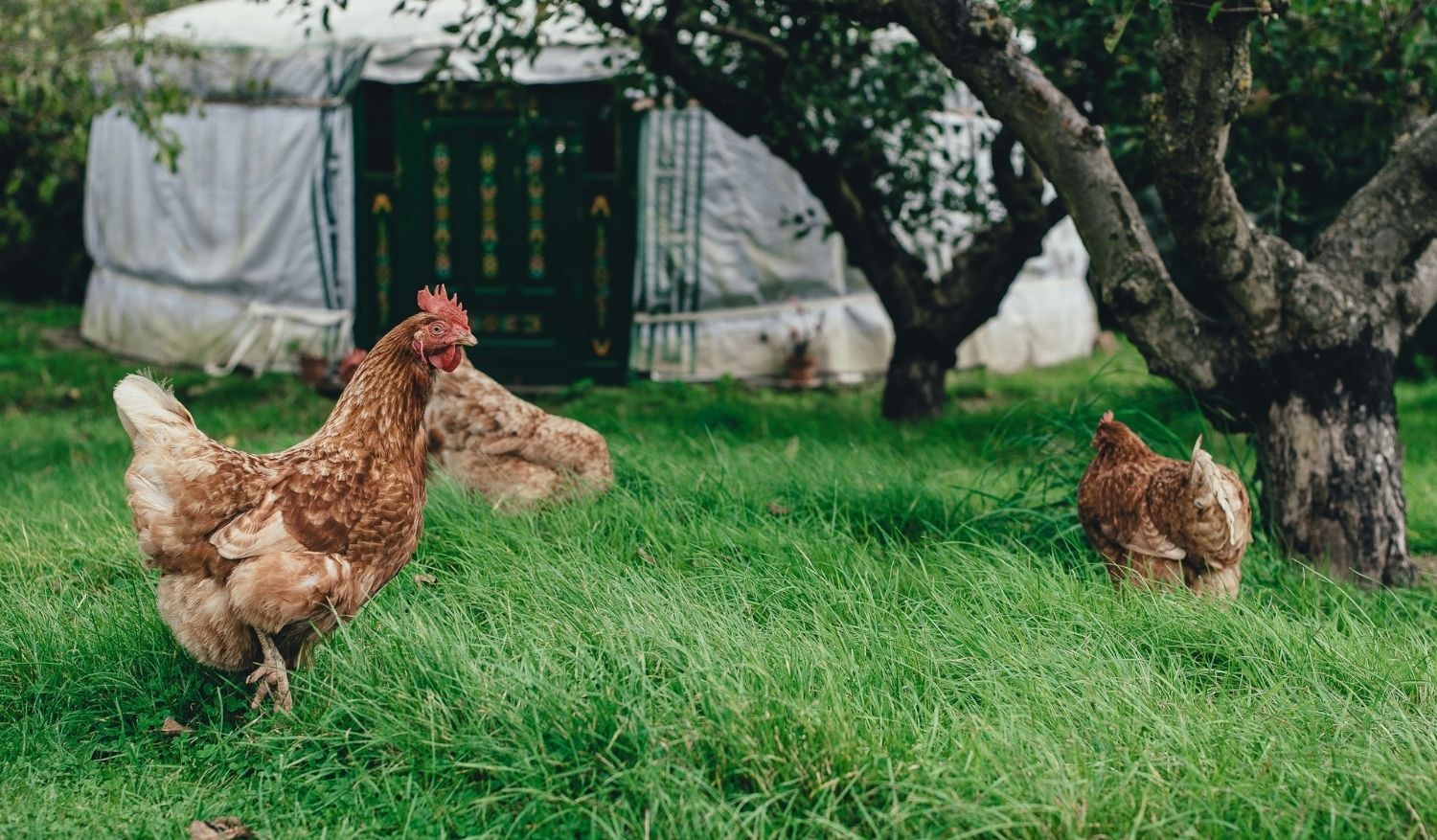
Contemporary Echoes
In recent years, a number of eco-lodges and socially-driven tourism outfits have helped preserve this architectural heritage. Organisations such as Kirgistan’s CBT (Community-Based Tourism) or Ger to Ger in Mongolia offer authentic, sustainable travel opportunities that benefit local families directly.
There’s also growing interest in preserving the tunduk as a national symbol – it appears on Kyrgyzstan’s flag, and in some families, the circular roof ring is passed down like a family heirloom.
Meanwhile, younger generations are reimagining the yurt through art, fashion and performance. The circular shape, symbolic of continuity and wholeness, continues to inspire cultural identity even among those no longer living the nomadic life.
While urbanisation spreads, and concrete cities stretch ever further into the plains, the yurt remains a quiet act of resistance. It holds within it stories, rituals and beliefs that resist the flattening effect of global culture. And for those who spend a night within its felted walls, there is a rare opportunity: to glimpse a form of living where nature, shelter, and community remain in perfect alignment.
Find the best glamping spots here.


